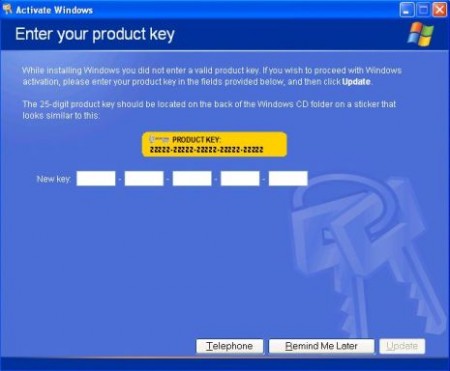A few weeks since my last Weakly; went to the New York Comic Convention ( read about it here ). I’ve also been running the Microsoft Home Server Beta 2 ( WHS ) and have found it quite useful.
For some reason I have a bunch of hard drives lying around at home for two purposes: to upgrade my Small Business Server ( SBS ) machine and to build a disk based backup machine. I had a Xeon workstation sitting around so that was going to be repurposed to WHS, but it didn’t have SATA ports so I needed an add-in controller. Looking around there seemed to be two choices, both 32 bit 66 MHz PCI capable of 266 MB/s: an endless array of no name SATA rev 1.0 boards with Silicon Image controllers for $40, or a Promise SATAII300 TX4 SATA rev1.0a controller for $80. Since I wanted native command queuing ( NCQ, the ability for the controller to take requests for data and rearrange them to come off disk in the fastest manner possible ) I went with the Promise card.
Once up and running WHS doe two things: gives network access to shared files, and backs up computers on the network. This is a home product designed for up to ten users, but borrows most of it’s smarts from various Microsoft servers, especially SBS. WHS is designed to run headless, meaning once it’s running you interact with it via a client program ( and also means no keyboard, mouse or monitor required ). Install the connector software and login to the server. From there you control the four aspects of WHS: backup, folder sharing, user profiles and server storage.
Backup runs nightly and does a full backup of the PC, save any exceptions you add. It’s based on Windows remote installation services ( RIS ) and maximizes space by only keeping one copy of each file. Quick example: three PCs are running on the network using Windows XP Professional and Office 2003; almost all the files are the same for the operating system and application. Therefore the backup puts one file on the backup server and a marker to that file for the other two backups. Very nice.
Folder sharing is just what is says, but adds a wrinkle by allowing external access to the WHS server, much like remote access in SBS. Go to your home server over the internet and you’ll hit a secure web page that allows you in the browser to access all the files.
User profiles are pretty simple, giving none, read or read and write access to the shared files. Nuff said.
Server storage is handled oddly in my opinion, but I understand where they’re coming from. WHS takes all your hard drives and creates two partitions: a 10 GB partition for the OS and one large partition that spans the rest of the storage devices. Since this is one big partition backup or file safety is handled by duplicating folders on different storage devices. This really cuts the available storage to half, but with anything less than three disks it’s really all you can you. A software RAID system would work much better, but only on three or more disks. WHS allows external storage to be added to the pool as well, mixing connections and providing the widest berth.
It’s a good product and at beta 2 performs well. Being a regular SBS user I’d like to see the backup functionality added to SBS instead of relying on a separate home product like WHS.




